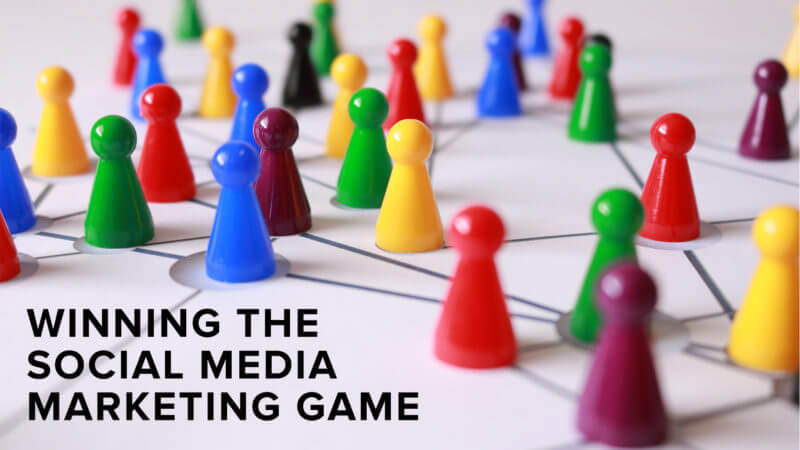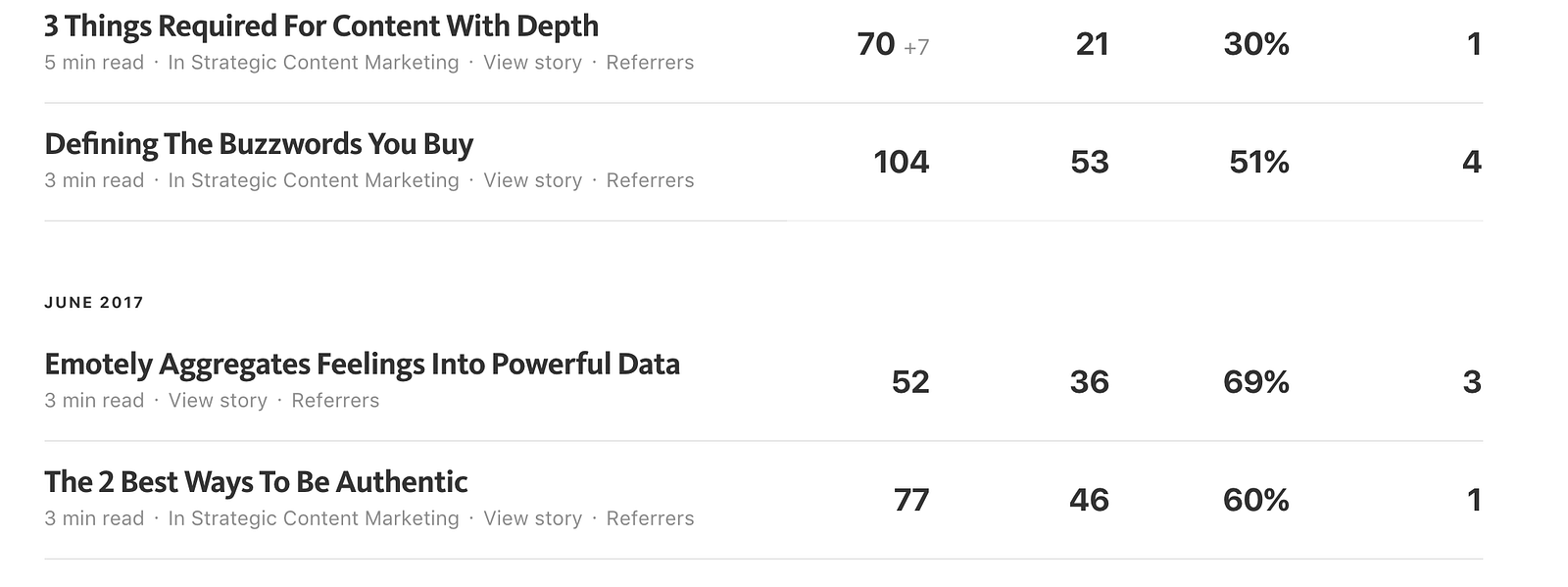Contributor Peter Minium explains how connections are formed on social media, the purpose of these connections and how they can be leveraged to win the social media marketing game.
Thousands of years ago, clans gathered around fires to share their day’s experiences and to tell stories that established group norms and shaped social organization. Today, the fire’s embers have been replaced by the glow of internet-connected devices, but the communal exchange of stories and perspectives remains a fundamental force in social development.
From a business standpoint, a few important differences emerge from this evolution. Social media users can now publicly discuss their experiences with brands or products, forming large coalitions of interest that exert vast social pressure on brands and other organizations. From the presidential election to the newest cereal, everything is now a matter of public interest.
The essential principle, however, of shaping our world by sharing stories remains the same. The connections we build with others around us are the infrastructure of social change. Understanding how these connections are formed on social media, the purpose of these connections and how they can be leveraged is foundational to social media marketing.
Understanding social mechanics with game theory
Though the need to participate in social exchange is obvious, it has proved challenging to effectively model how social systems work, especially when considering the impact of new media and technology on societal discourse. Game theory, a mathematical evaluation of competition and cooperation between interested actors, is a promising solution.
Despite what its name may suggest, game theory has little to do with “games” as we might typically think of them. It seeks instead to understand how rational participants, bound by a set of rules, respond to different stimuli. The application of game theory to social media can help us identify the objectives of social media users, and how they work to achieve them.

The “players” of the social media “game” are clearly the users — brands and consumers alike. Brands use social media to reach new customers, build a loyal audience and respond to consumer reviews, while the private social media user wants to keep up with friends, stay current and participate in social conversations about matters large and small.
Gaining powerful allies in the social media status game
Brands and consumers have different objectives, but how they achieve their ends is the same: social influence. All social media users compete for a limited supply of influence, clamoring for their voice to be heard. The mistake that many brands make is to see consumers as targets, or even enemies, instead of the powerful allies they can be.
If brands cooperate with consumers, assisting them in achieving their objectives, both can win the social media game. Above all, this means brands must provide social media users with the tools they need to increase their status, and thereby their influence on the conversation. By doing so, brands can proliferate their messaging and gain the vocal support of a vast audience.
Social status is at the core of every human interaction, and one of our most central drives. Its significance has recently been underlined by the discovery that changes in status are processed by the striatum, the same part of the brain that processes money. Researchers found that an increase in social status triggers a definite and quantifiable neurological reward.
Increasing and measuring status with game mechanics
In conversation, we largely seek to increase our prestige, which can be done in one of three ways:
- Creating new content.
- Sharing content.
- Challenging content.
Each of these adds value to the conversation, introducing a new perspective, supporting, or critiquing an existing perspective, which in turn increases our status.
These avenues are built into most social media platforms, with “likes,” “shares” and “comments” all enabling us to quantifiably assign status to others and evaluate our own. Like points and levels in a video game, these features allow us to measure how popular we are in a community, and our brain rewards us each time we win a point — or punishes us if we lose.
In terms of game theory, these features should be thought of as game mechanics, which leverage our:
- Desire to accumulate.
- Preoccupation with social standing.
- Appreciation of feedback.
- Interest in connecting.
- Enjoyment of personalization.
By tapping into deeply embedded psychological drives, these mechanics make social media engaging and rewarding.
Brands help themselves by giving consumers a voice
Each time brands elicit feedback from consumers or release content that is exciting or interesting, they give social media users another opportunity to score social points. Making a witty comment or sharing a fun video will increase a user’s status in their community. This is clearly a win for the brand, just as much as it is for the consumer.
It is equally important to avoid disapproval as it is to build support. Social media can magnify consumer condemnation as easily as it can bolster approval. Many brands have found themselves the targets of social media callouts when consumers chastise brands for an unsatisfying product, an ill-phrased comment or a poorly timed campaign.

Game mechanics are only part of the picture
The dangers of social media are exemplified in Pepsi’s 2017 ad featuring model Kendall Jenner, which referred to recent protests against police brutality. Though it portrayed Pepsi as a reconciliatory force, bridging the gap between opposing factions through the unifying power of its product, an irate public condemned the ad as tone deaf on social media.
Pepsi’s ad failed for two important reasons. Despite the brand’s intentions, audiences found the ad inauthentic, feeling it did not align with the brand’s purpose. More importantly, the ad did not respect the seriousness of the conflict, whose racial overtones and mortal significance demanded a great degree of sensitivity in the eyes of the public.
A winning application of game theory
In stark contrast, Heineken’s Worlds Apart ad won widespread acclaim the same year. The ad depicted ideologically opposed pairs working together to build a bar, before electing to share a beer and discuss their differences. Though Heineken’s ad responded to the same social climate and expressed a similar theme of unity, it could not have been more differently received.

It is possible that the public saw beer as a more genuine point of unison over such serious issues, but the real difference lies in Heineken’s treatment of social concerns. Rather than positioning itself as a heroic savior in a trivialized conflict, it showed itself facilitating participants in their individual struggle to have their voice heard and to improve their world.
We can look at Heineken’s ad not only as a case study in sensitive and authentic messaging, but also an effective example of game theory in action. Heineken allied itself with social media users, providing them a platform from which to express themselves. In doing so, it enabled them to become heroes in their own story, winning likes, comments, and shares in their own networks.
Winning the social media marketing game
To win the social media marketing game, brands are increasingly using the behavioral insights offered by game theory to craft effective social media strategies.
While brands and consumers have seemingly different objectives, they share the same drive for social influence. By recognizing this and enabling buyers and prospects to enhance their social status, brands can create a win-win situation for consumers and shareholders alike.
By Peter Minnium
Peter Minnium is President of Ipsos Connect, where he leads the US team in helping companies measure and amplify how media, brands, and consumers connect through compelling content and great communications. Prior to his switch to market research, Peter was Head of Brand Initiatives at the IAB focused on addressing the under-representation of creative brand advertising online.














